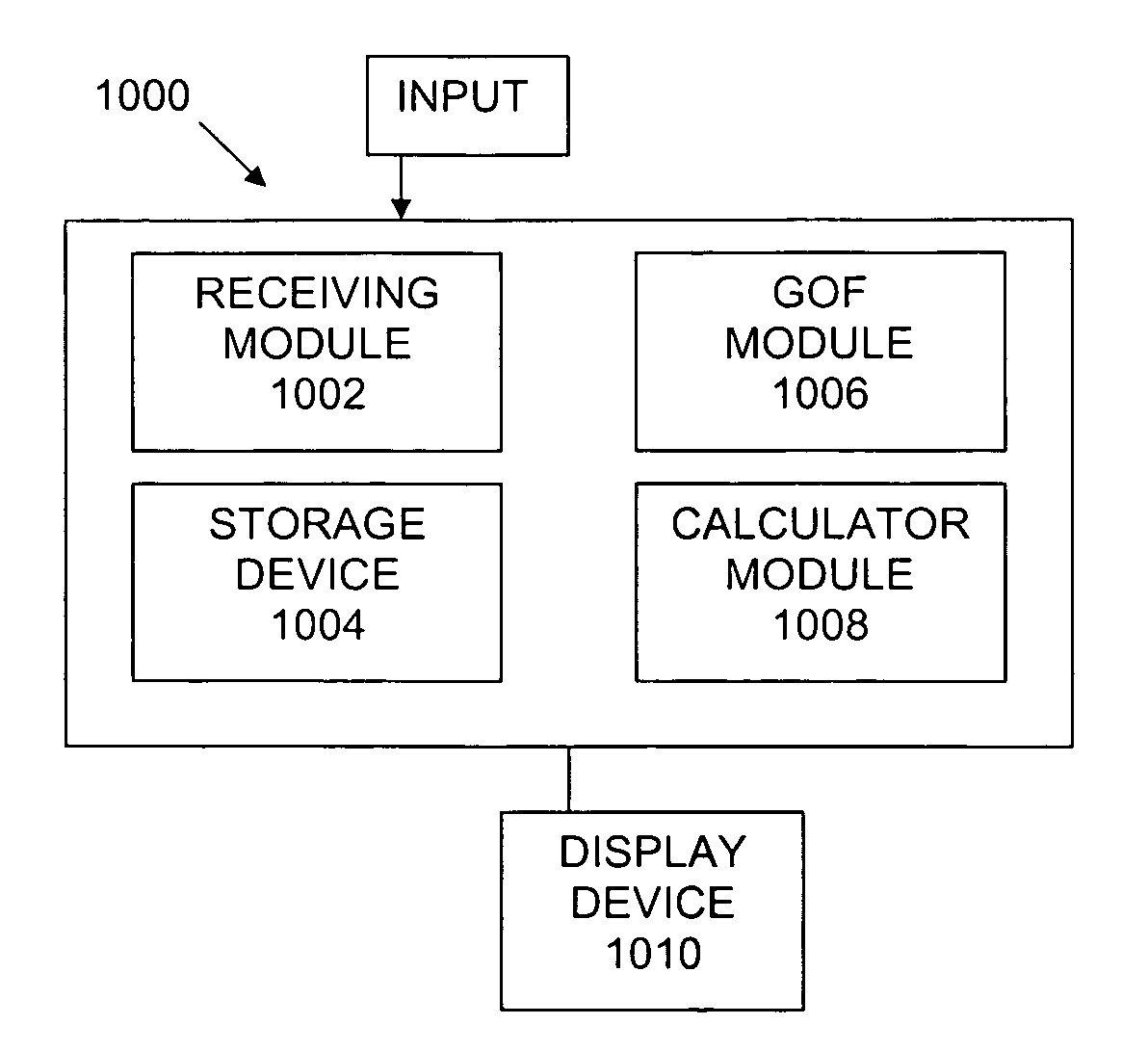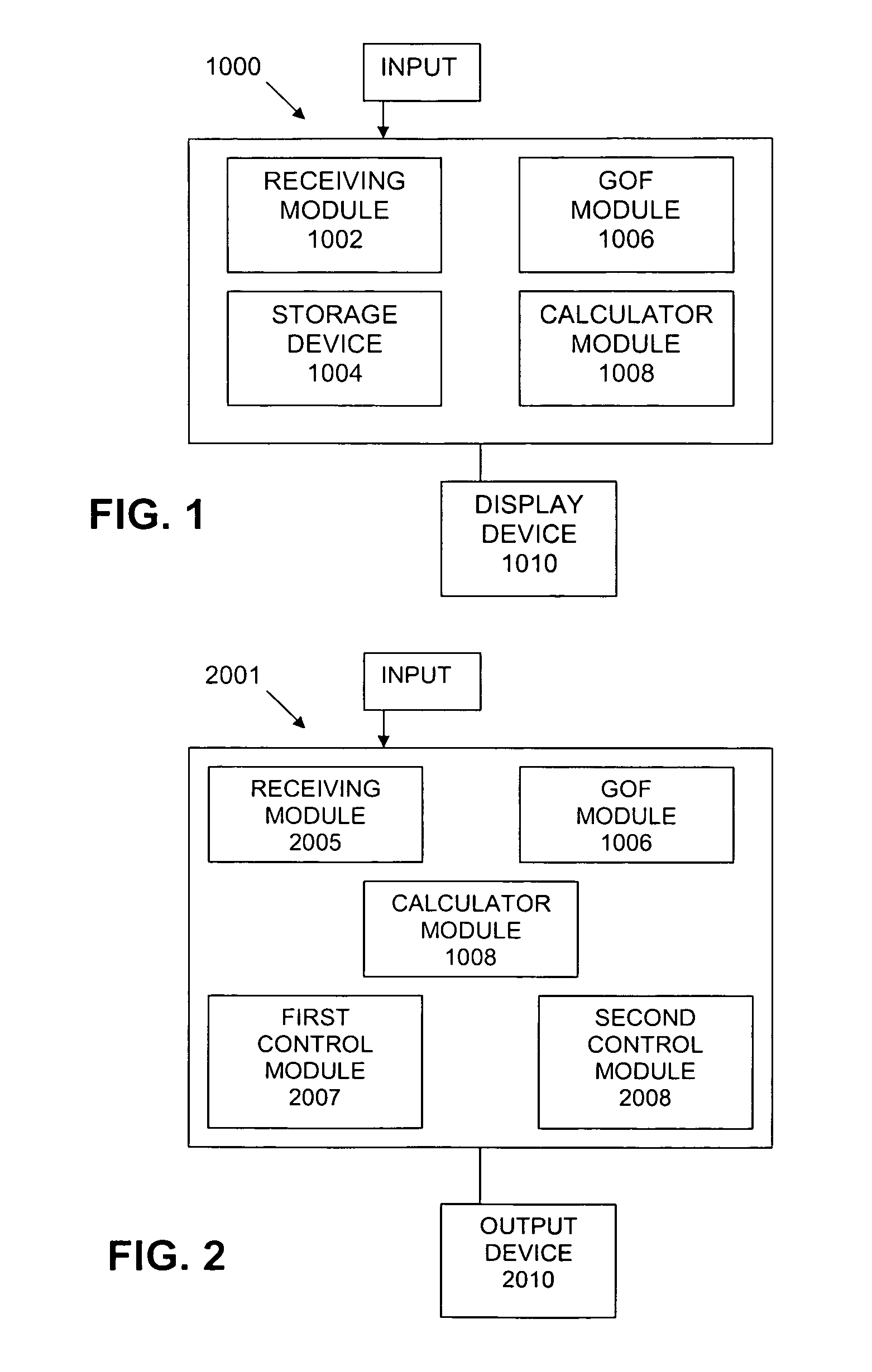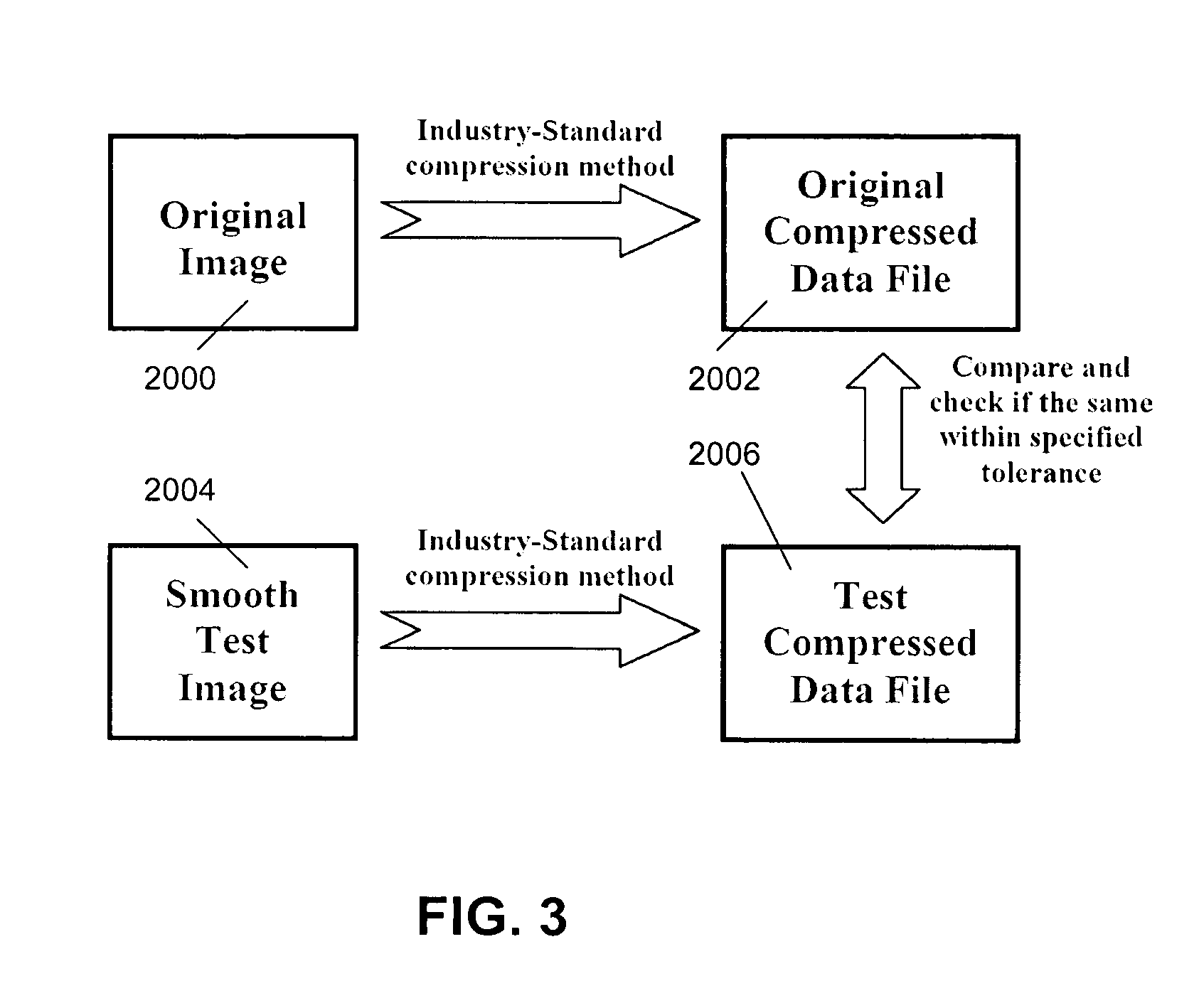Image Compression and Decompression Using the Pixon Method
a compression and decompression method technology, applied in image enhancement, instruments, computing, etc., can solve the problems of block transform coding that cannot be perfectly reconstructed from compressed version, image block artifacts, and general loss of block transform coding, so as to minimize the goodness-of-fit, optimize pseudo-images, and minimize the effect of go
- Summary
- Abstract
- Description
- Claims
- Application Information
AI Technical Summary
Benefits of technology
Problems solved by technology
Method used
Image
Examples
Embodiment Construction
[0029]Certain embodiments as disclosed herein provide for methods and systems for using the PIXON® method to achieve superior image compression / decompression. Although various embodiments of the present invention will be described herein, it is to be understood that these embodiments are presented by way of example only, and not limitation. As such, this detailed description of various alternative embodiments should not be construed to limit the scope or breadth of the present invention.
[0030]To understand the operation of the invention it is useful to briefly review the operation of the PIXON® method. (See “The Pixon Method of Image Reconstruction” by Richard C. Puetter and Amos Yahil, 17 Jan. 1999, which is incorporated herein by reference)
[0031]The PIXON® method at once provides a basis for both lossless and lossy compression / decompression as the tolerance is varied from tighter than the least significant bit of the image to progressively looser tolerances that gradually decrease...
PUM
 Login to View More
Login to View More Abstract
Description
Claims
Application Information
 Login to View More
Login to View More - R&D
- Intellectual Property
- Life Sciences
- Materials
- Tech Scout
- Unparalleled Data Quality
- Higher Quality Content
- 60% Fewer Hallucinations
Browse by: Latest US Patents, China's latest patents, Technical Efficacy Thesaurus, Application Domain, Technology Topic, Popular Technical Reports.
© 2025 PatSnap. All rights reserved.Legal|Privacy policy|Modern Slavery Act Transparency Statement|Sitemap|About US| Contact US: help@patsnap.com



